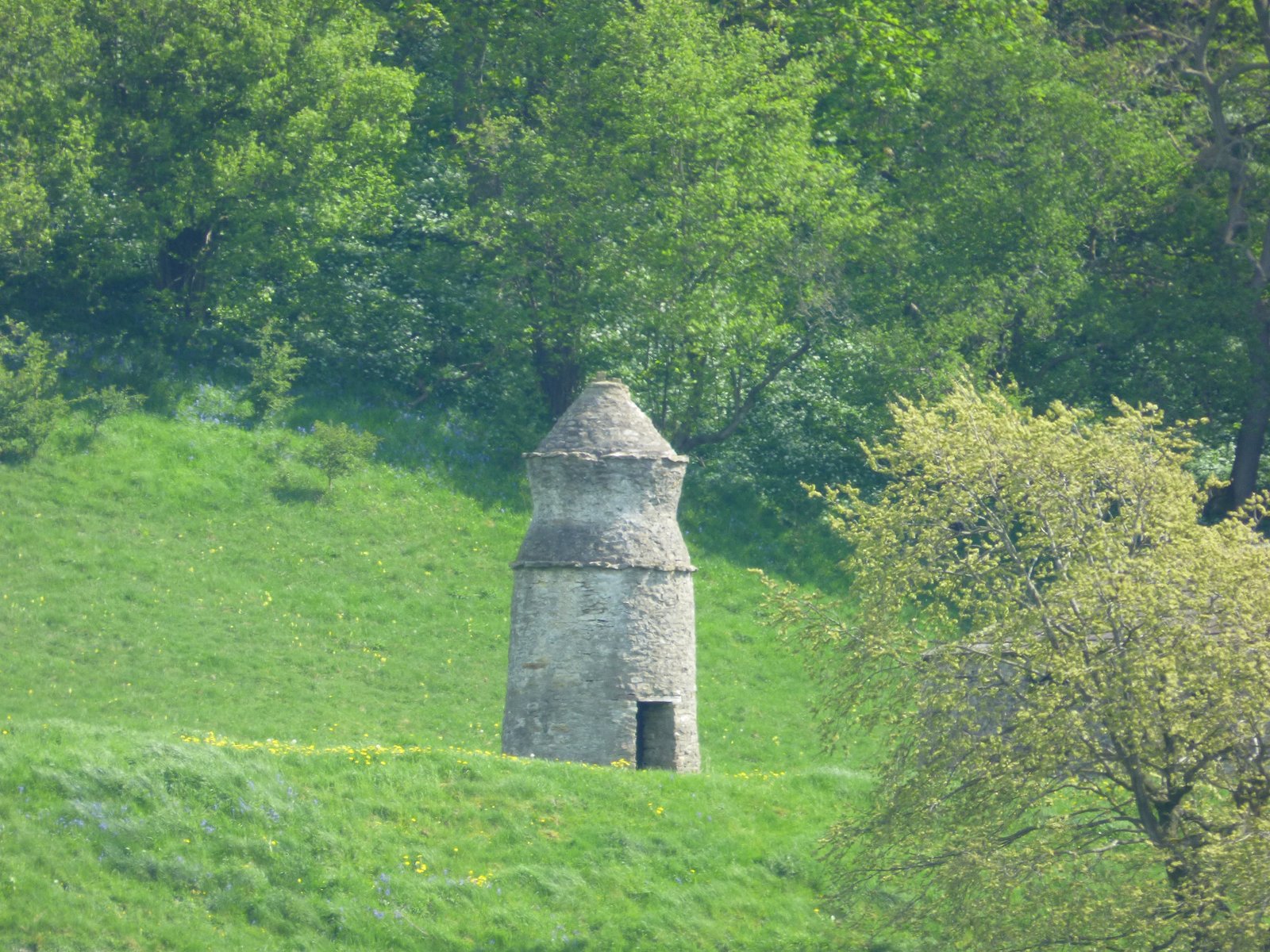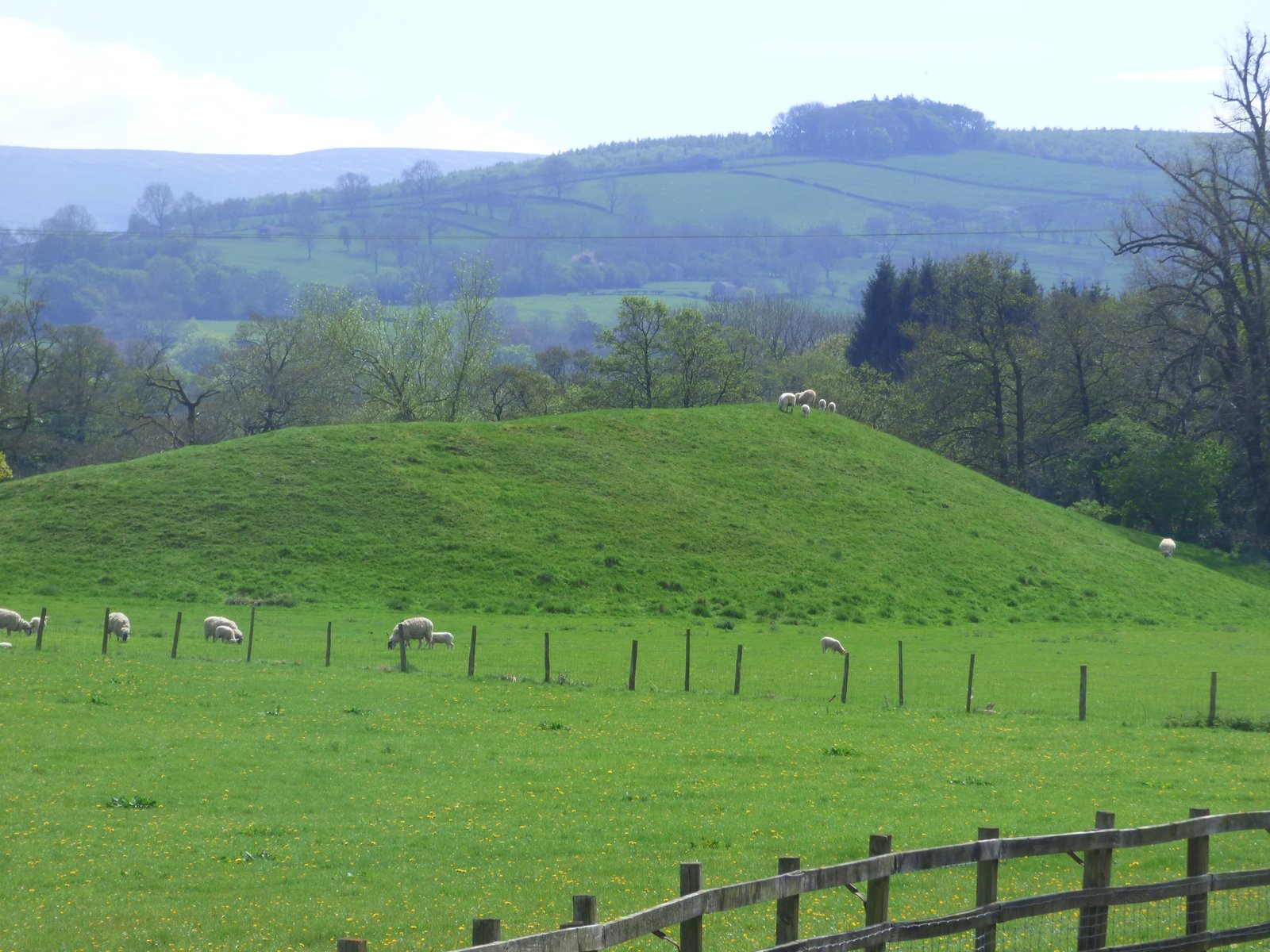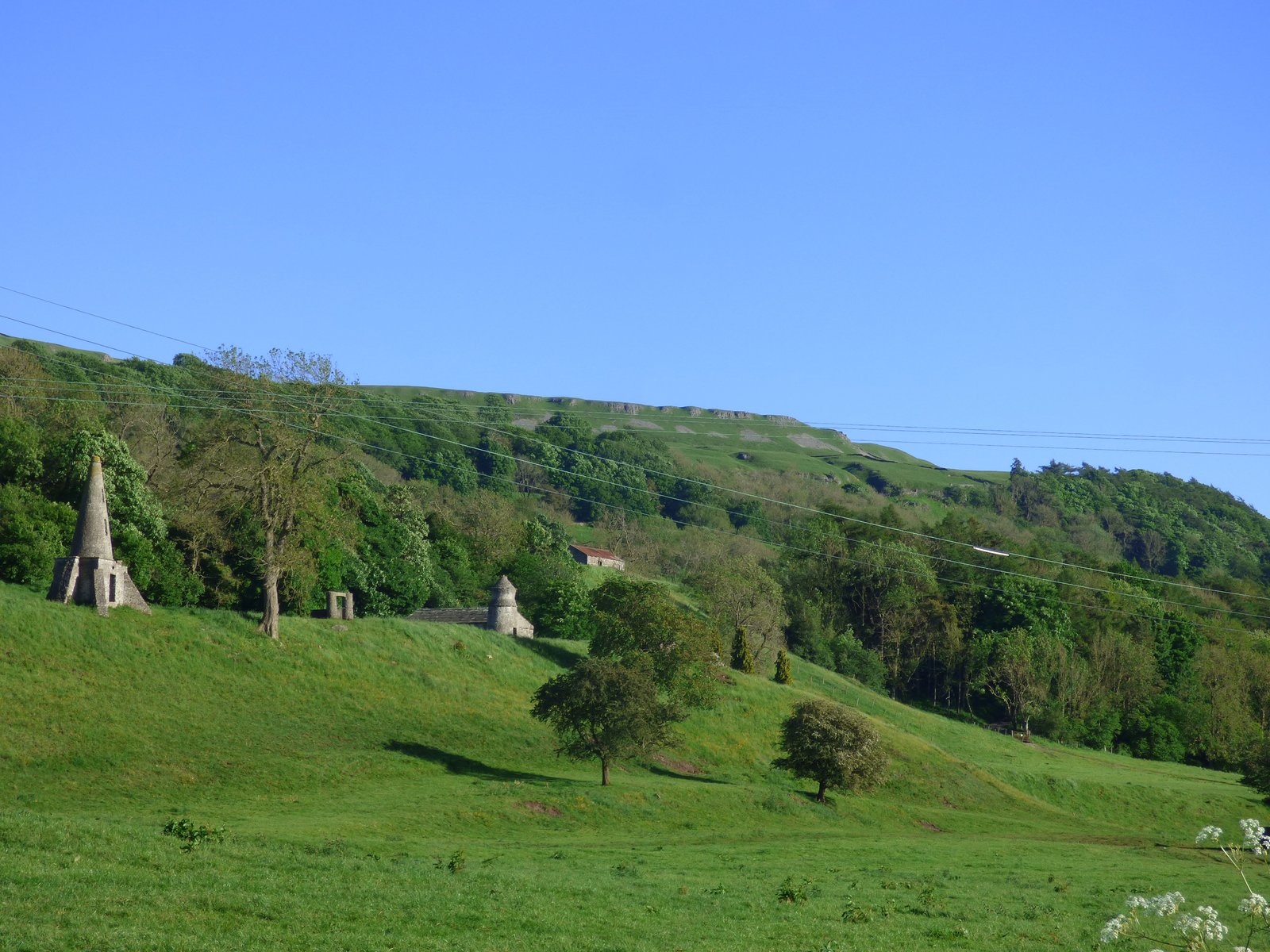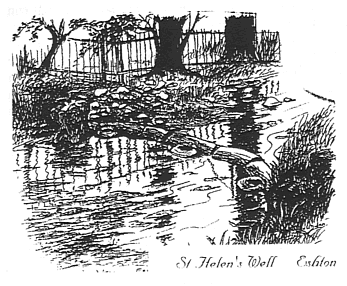Site Details:
 This area of Wensleydale has quite a significant number of follies, and not far from The Temple Folly, we have three more; a rocket ship, a giant pepper pot and a gate, or guillotine, and stand just over the road from Park Hall.
This area of Wensleydale has quite a significant number of follies, and not far from The Temple Folly, we have three more; a rocket ship, a giant pepper pot and a gate, or guillotine, and stand just over the road from Park Hall.  The history of these follies is interwoven with the local landscape and the lives of those who built them. The Temple Folly stands not only as a historical curiosity but also as a part of the local heritage that continues to captivate visitors. Its Preservation ensures that it remains an integral piece of the cultural tapestry of the Yorkshire Dales.
The history of these follies is interwoven with the local landscape and the lives of those who built them. The Temple Folly stands not only as a historical curiosity but also as a part of the local heritage that continues to captivate visitors. Its Preservation ensures that it remains an integral piece of the cultural tapestry of the Yorkshire Dales.  The follies' connection to the area's medieval past, particularly the influence of the Knights Templar, adds another layer of intrigue. The discovery of a chapel associated with the Templars near the Temple Folly highlights the enduring legacy of this military order in North Yorkshire.
The follies' connection to the area's medieval past, particularly the influence of the Knights Templar, adds another layer of intrigue. The discovery of a chapel associated with the Templars near the Temple Folly highlights the enduring legacy of this military order in North Yorkshire.

 The presence of follies, a term often used to describe whimsical or ornamental buildings constructed primarily for decoration, suggests a landscape with a history of aesthetic or recreational use.
The presence of follies, a term often used to describe whimsical or ornamental buildings constructed primarily for decoration, suggests a landscape with a history of aesthetic or recreational use.  However, the range of earthworks and disturbances in the area points to a more utilitarian past. These earthworks could be remnants of extensive mining activities, as indicated by the disturbances in the soil and vegetation patterns.
However, the range of earthworks and disturbances in the area points to a more utilitarian past. These earthworks could be remnants of extensive mining activities, as indicated by the disturbances in the soil and vegetation patterns.  Mining, historically, has left a significant imprint on the land, altering its topography and potentially affecting the local ecosystem. The mention of moraine and cultivation works further adds to this narrative, suggesting that the area may have experienced glacial movements that left behind moraines—accumulations of dirt and rocks. Such geological features often influence soil development and can be indicative of past climatic conditions that shaped the landscape.
Mining, historically, has left a significant imprint on the land, altering its topography and potentially affecting the local ecosystem. The mention of moraine and cultivation works further adds to this narrative, suggesting that the area may have experienced glacial movements that left behind moraines—accumulations of dirt and rocks. Such geological features often influence soil development and can be indicative of past climatic conditions that shaped the landscape.  Additionally, cultivation works imply that the land was once used for agriculture, which could have included terracing, ploughing, or other forms of land modification to support crop growth. The unidentified earthworks present an intriguing mystery, possibly hinting at activities or structures whose purpose has been lost to time.
Additionally, cultivation works imply that the land was once used for agriculture, which could have included terracing, ploughing, or other forms of land modification to support crop growth. The unidentified earthworks present an intriguing mystery, possibly hinting at activities or structures whose purpose has been lost to time.  hese could range from ancient constructions, defensive works, or remnants of past communities whose functions are not immediately apparent without further archaeological investigation. Together, these elements paint a picture of a dynamic environment where human activities have interacted with natural processes, each leaving their distinct mark on the landscape. Understanding these features in detail could provide valuable insights into the historical and environmental context of the area, revealing the interplay between human endeavours and the natural world over time.
hese could range from ancient constructions, defensive works, or remnants of past communities whose functions are not immediately apparent without further archaeological investigation. Together, these elements paint a picture of a dynamic environment where human activities have interacted with natural processes, each leaving their distinct mark on the landscape. Understanding these features in detail could provide valuable insights into the historical and environmental context of the area, revealing the interplay between human endeavours and the natural world over time.  To fully grasp the extent and nature of these earthworks, a multidisciplinary approach involving archaeology, history, geology, and environmental science would be necessary. Such an exploration could uncover the stories hidden within the landscape, offering a window into the lives of those who shaped it and the forces of nature that moulded it.
To fully grasp the extent and nature of these earthworks, a multidisciplinary approach involving archaeology, history, geology, and environmental science would be necessary. Such an exploration could uncover the stories hidden within the landscape, offering a window into the lives of those who shaped it and the forces of nature that moulded it.Site Gallery
Gallery Empty













